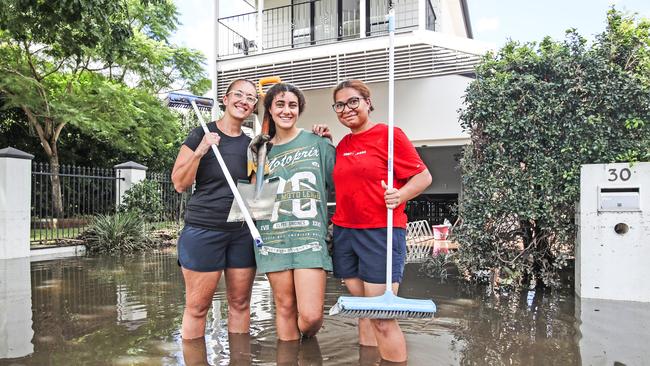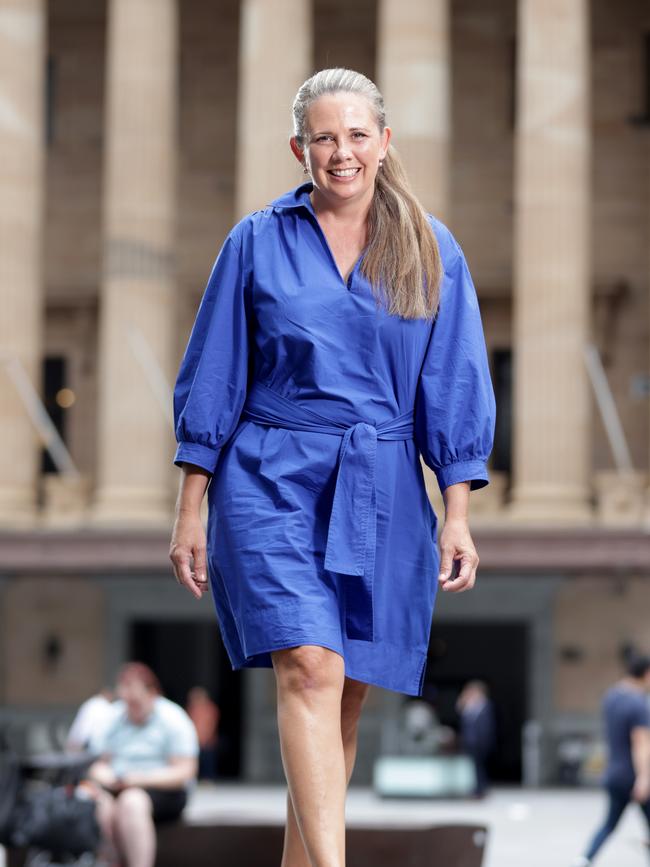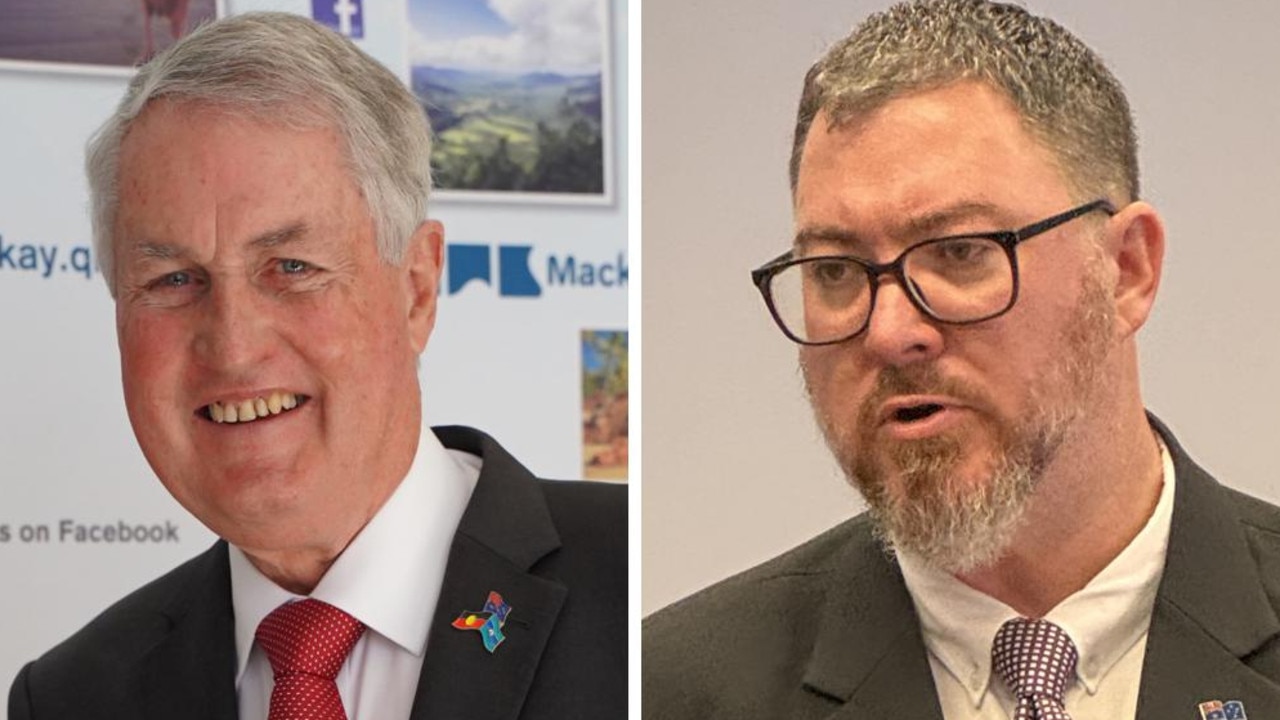Greens’ planned flood plain development overhaul for Brisbane City Council election
All new developments would be banned in Brisbane’s most flood-prone areas as part of the Greens’ overhaul if the party is voted into power in the city council election next month.
QLD Council Elections
Don't miss out on the headlines from QLD Council Elections. Followed categories will be added to My News.
All new developments would be banned in Brisbane’s most flood-prone areas as part of the Greens’ overhaul if the party is voted into power in the city council election next month.
The veto would apply to sites classified as Flood Planning Areas (FPA) 1 and 2, which are mostly in suburbs such as Herston, Milton, Newstead, West End, Rocklea and Yeronga.
Greens lord mayoral candidate Jonathan Sriranganathan said the policy announcement marked two years since the devastating Brisbane Floods in February 2022.

Currently under the City Plan, FPA1 indicates flooding is very likely along with deep, fast-moving water. New developments are subject to the highest assessment requirements, and these areas are generally best suited to environmental and recreation uses.
The FPA2 classification also means flooding with deep and fast-moving water is likely. New developments are subject to additional requirements to address potential flood impacts, such as being highset with a specialised stronger building design.
The Greens propose a blanket ban on all new development on FPA1 and FPA2 sites, and to gradually transition them to public parkland, native habitat, sports fields and urban farmland.
In Flood Planning Areas 3-5, the Greens would still allow new development, provided all rooms and essential infrastructure are at least two metres above predicted flood levels.
The FPA3 classification allows new development, but it involves potential modifications such as houses being built on stumps. FPA4 means minor building modifications, such as minimum floor heights, may be needed. FPA5 involves no flood requirements for houses, but essential community services – such as hospitals – may need minimum floor heights.
Mr Sriranganathan said the ban on flood plain development would not apply to renovation applications seeking to raise existing buildings above the flood level.

He argued there are hundreds of sites across the city not affected by flooding and already zoned for higher-density development.
“Less than 10 per cent of Brisbane’s urban footprint is prone to severe flooding, and there are plenty of developable sites on higher ground,” Mr Sriranganathan said.
“Our proposed changes would prevent new residential and commercial development on sites that are at high risk of severe creek and river flooding, but wouldn’t prevent residents renovating and raising existing homes or shops above the flood levels.
“There are some sites which are at comparatively lower risk of flooding where we believe you can mitigate risk through flood-resilient building design, and in those areas we simply want tighter design standards.
“But in the highest-risk areas, we need to ban new development altogether.”
Mr Sriranganathan said the party’s policy would also require developers to include more green space in new projects to soak up extra stormwater, and all major developments to show that their projects would not push additional stormwater onto neighbouring sites.
“Some developers claim that flood risks can be managed simply by ensuring the apartments themselves are above the flood level, but flooding still causes significant negative impacts to roads, elevator shafts, basement carparks and garbage collection areas,” he said.

“If a flood means your building loses electricity, garbage collection services, elevator access and transport connections, that still causes major disruptions to your life even if your actual home doesn’t go underwater.”
Labor lord mayoral candidate Tracey Price said she planned to unlock housing supply and increase density without resorting to “extreme” measures.
“The Greens’ have confirmed they are anti-development by proposing a blanket ban on all development in flood prone areas,” she said.
“If elected on March 16, I will implement planning changes to better prepare suburbs for the effects of climate change and reviewing the City Plan to implement better standards for development in flood prone areas.
“We will tighten the rules around developments in areas that are prone to flooding, without shutting development down entirely.”
LNP campaign spokeswoman Fiona Cunningham questioned the financial viability of the Greens’ proposal.
“Just like his multibillion-dollar tram idea, free public transport and proposal to buy and shut down Eagle Farm racecourse, this is just another nonsense claim that the Greens’ self-declared anarchist leader has no clue how to pay for,” she said.
“Under the Greens’ proposal, 40,000 properties, including thousands of homes in tin-and-timber suburbs, would become worthless, prompting a flood of compensation claims that would send Brisbane broke.”





